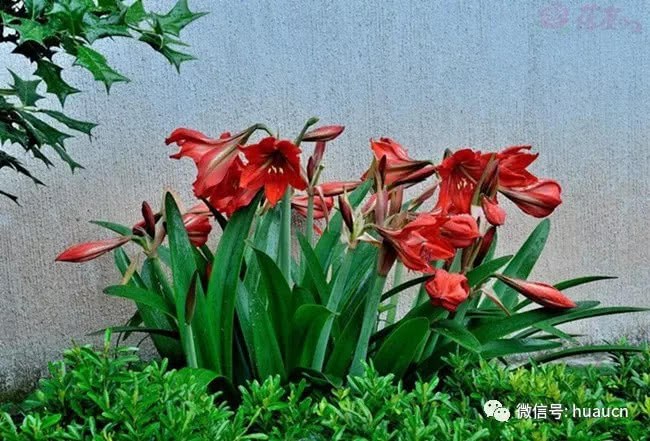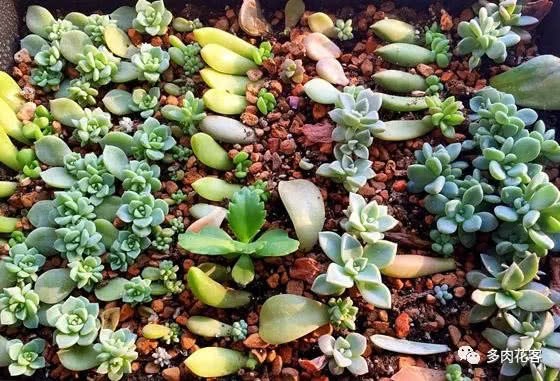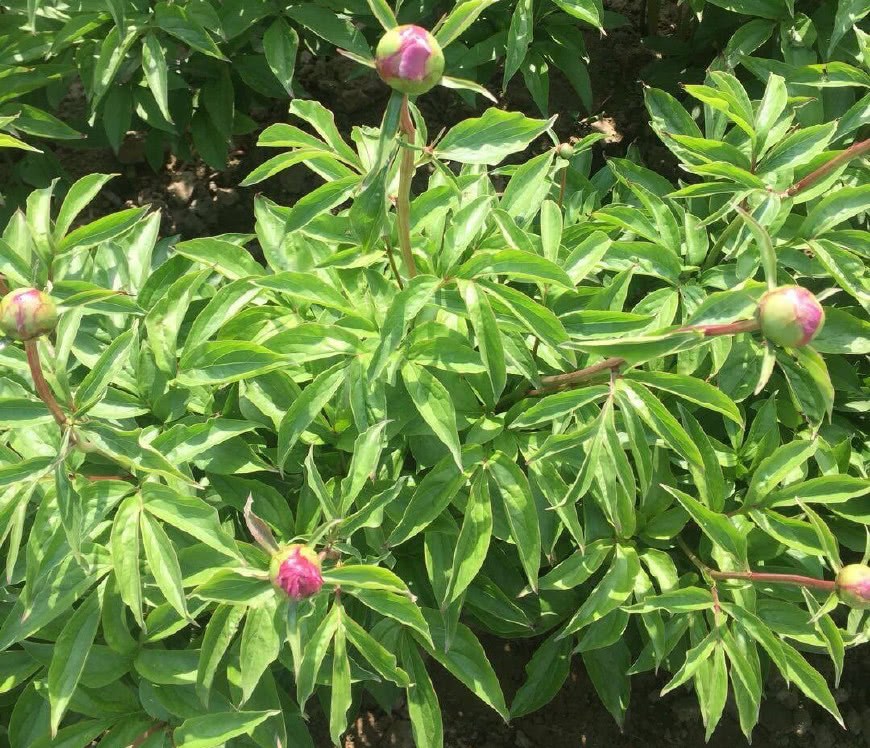Flower green plants play five elements mutual generation and mutual suppression cooperation win-win

I. Green plants of flowers and plants.
1. Calendula planted with rose can effectively control soil nematodes and make rose thrive.
2. Zhu Dinghong and nocturnal incense, red onion orchid of camellia, pomegranate and sunflower, hydrangea and rose, a bunch of red and pea flowers are planted together, which is beneficial to both sides. Pine, poplar and Caragana all work well together.
Zhu Dinghong
3. If the dry lotus with only one day of flowering is put together with the cypress, the flowering period can be extended to 3 days.
4. Camellia, Camellia, Camellia oleifera, etc., placed together with litsea cubeba, can significantly reduce mildew and dirt.
Camellia
5. When grapes are planted with violets, the grapes have a stronger flavor.
6. Interplanting between peony and peony can obviously promote the growth of peony and make the peony have luxuriant branches and bright flowers.
7. Redwood and maple, elderberry and spruce, walnut and Hawthorn, chestnut and Pinus tabulaeformis can promote each other.
8. Lilies and roses are planted or bottled together to prolong the flowering period.
9. Grasses have many roots, which can secrete organic acids to promote the formation of aggregate structure, which is used by legumes. The root system of leguminous plants can not only help the soil to form a grain structure, but also produce nitrogen fertilizer to promote the growth of grasses.
10. Onions and carrots are good friends. Their odors can drive away pests.
11. Lotus grass, which emits chemicals from roots, stems and leaves, is mixed with radish, and the big radish grows within half a month.
Second, the green plants of Xiangke flowers
1. Grapes cannot be planted with leaflet elm.
2. Elm cannot be interplanted with oak and birch.
3. Pine and spruce cannot be interplanted.
4. The root exudates of elderberry inhibit the growth of pine and poplar.
5. The secretions of Robinia pseudoacacia and cloves can inhibit the growth of nearby flowers and trees, and cloves and violets can not be mixed.
6. Thick plum inhibits the growth of some plants.
7. the leaves and roots of walnut can secrete a substance, which can inhibit the flowers and plants of the genus Rosa such as begonia and many kinds of herbaceous flowers.
8. Cunninghamia lanceolata should not be planted around peach trees.
9. When all kinds of flowers are planted next to fruit trees, they will wither faster.
10. Narcissus and lily of the valley are not supposed to be neighbors. If they grow up together, they will "perish together".
11. Hydrangea and jasmine, dahlia and rose, daffodils and lilies, roses and cloves will hurt both or one of them. Pine can not coexist with elderberry, it can not only strongly inhibit the growth of pine, but also make the pine nuts under the elderberry can not sprout, it can not crowd out the growth of Populus tomentosa. Pine trees are antagonistic to ash, spruce, oak and birch, resulting in pine wilting. Cypress and orange trees are not easy to grow.
12. If the clove is planted next to the lily of the valley, it will wither immediately. The smell of cloves can also endanger the lives of daffodils.
13. If you keep cloves, violets, tulips and forget-me-not together, you will suffer from each other.
14, peppermint, rose and other flowers that can secrete aromatic substances have a certain inhibitory effect on the ecology of nearby flowers.
15. Juniper, pear and begonia should not be planted together, lest the latter suffer from rust, resulting in falling leaves and fruits.
16. Roses and mignonette are together, and the former excludes the latter, causing them to wither together, while mignonette releases a chemical before and after withering, poisoning the roses to death.
17. If ripe apples and bananas are put together with blooming roses, roses and daffodils, the ethylene released by the former will make the potted flowers die early, thus shortening the viewing period.
18. Oleander leaves, skins and roots secrete oleoside and juglone, which will harm other flowers.
19. Cabbage and mustard are irreconcilable "enemies". If they get along, they will "lose both sides".
20. In addition, cloves, mint and laurel can secrete a large amount of aromatic substances, which can inhibit the ecology of neighboring plants. It is best not to put them together with other potted flowers for a long time. The volatile oil of juniper contains ether and trichlorotetraane. It will slow down the respiration of other flowers and plants, stop growing, and show poisoning.
Clove
III. Autotoxicity
In the flower bed, the same kind of flowers and plants should be avoided and should be rotated with different varieties. Such interesting phenomena often occur when the two plant species are put together. Some show that they are "dear to each other" and help each other, while others are enemies and "eight characters are against each other", resulting in either one side being victimized or both losing. This phenomenon is the behavior of mutual affection between plants.
1. If you plant castor and mustard together, although the former is much stronger than the latter, the lower leaves of the former will wither and yellow and die gradually.
2. If tomatoes and cucumbers are allowed to live in the same "house", they will be angry with each other every day and do not grow well, resulting in a reduction in production.
3. If cabbage and celery are interplanted, neither of them will grow well or even die.
4. If you plant cabbage in the vineyard, the growth of grapes will be inhibited.
5. In the forest, if the oak and the elm meet, then you will find that the branches of the oak will bend their back to the elm and try to avoid this "bad neighbor".
END
An interactive platform for growing flowers, planting flowers, communicating with green plant lovers, farting and showing off. An online home to share flower farming methods and family flower cultivation skills. Flower subscription platform.
Flowers: hyacinth | violet | plum blossom | carnation | camellia | longevity flower | jasmine flower | gardenia flower | peach blossom | Platycodon grandiflorum | sweet-scented osmanthus | calla lily | lily | forget-me-not | gentleman orchid | apricot | honeysuckle | Milan | peony | sunflower | chrysanthemum | June snow | tiger thorn plum | tulip | daffodil
Green plant: poinsettia | wealth tree | green pineapple | hanging orchid | Dishui Guanyin | Fugui bamboo | asparagus | Aloe vera | ivy | Anthurium mandshurica | turtle back bamboo | triangular plum | Albizia mandshurica | duck foot wood | yellow poplar | iron tree | iron fern | tiger tail orchid |
Huau.cn
……
Search the public account "Hua you" or "huaucn" for the latest information
Merchants cooperate and promote. Please contact Wechat private number: ihuaucn
- Prev

How to improve the success rate of succulent leaf insertion
How do lovely succulent plants grow in leaves? It seems to be a very simple thing, but in fact, there are a lot of tricks hidden in it. Rookies should be very skilled in mastering these areas that need to be paid attention to in the future.
- Next

This flower is the prime minister of the flower, the flower is large and beautiful, a branch cuttings a big clump of flowers in the coming year.
Peony, also known as the prime minister of flowers, belongs to perennial herbs. the roots below are stout and fleshy. Peony usually blossoms in May and June with rich and colorful colors. Peony flowers are a bit like peonies. Peony flowers can be planted not only in the open air, but also in the open air.
Related
- Wuhan Hospital Iron Tree Blooming Result Was Instantly Frightened by the Gardener Master
- Which variety of camellia is the most fragrant and best? Which one do you like best?
- What is the small blue coat, the breeding methods and matters needing attention of the succulent plant
- Dormancy time and maintenance management of succulent plants during dormancy
- Minas succulent how to raise, Minas succulent plant pictures
- What are the varieties of winter succulent plants
- How to raise succulent plants in twelve rolls? let's take a look at some experience of breeding twelve rolls.
- Attention should be paid to water control for succulent plants during dormant period (winter and summer)
- Watering experience of twelve rolls of succulent plants
- Techniques for fertilizing succulent plants. An article will let you know how to fertilize succulent plants.

